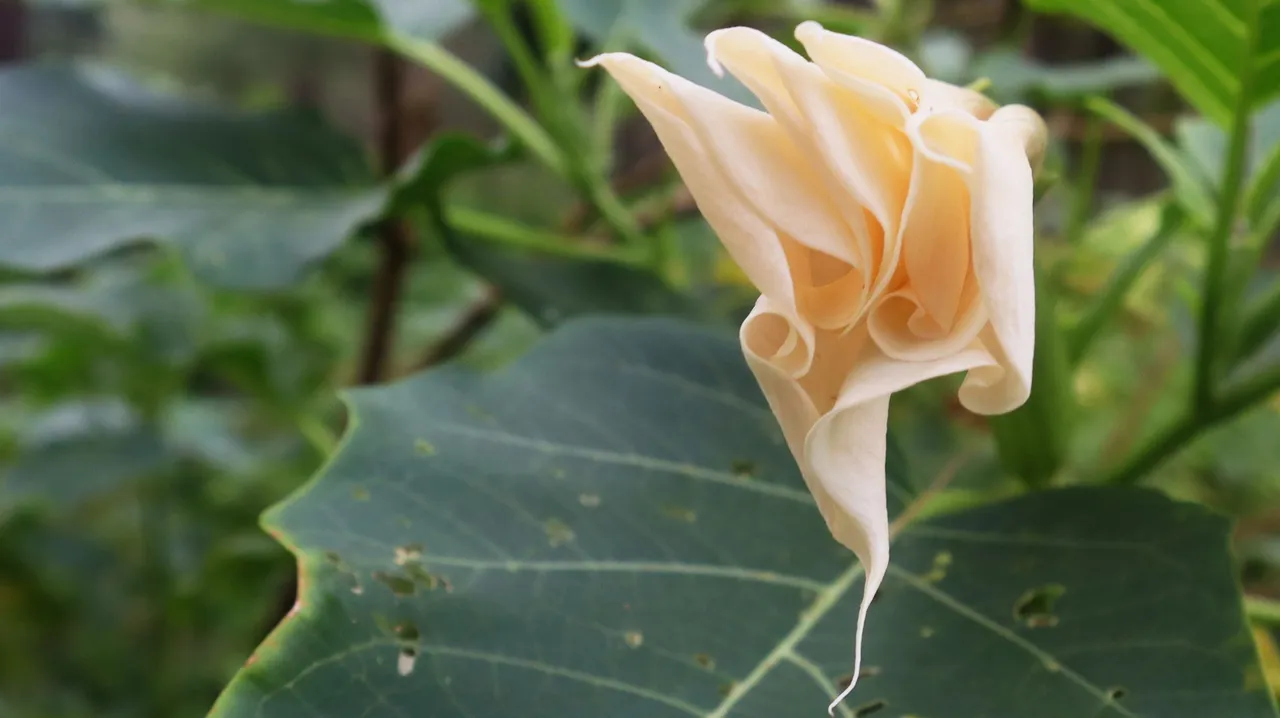
It presented itself with flowers that were shaped like trumpets, and their odd-looking fruits; the capsules are covered with what appear to be short spikes and in reality they are just warts. Coupled with its fairly large leaves, as well as the flowers, it will stand out more among other bushes. Among the ones I encountered in a coastal area in Aceh (Indonesia), one was almost 2 meters high. The Corolla is cream in color.
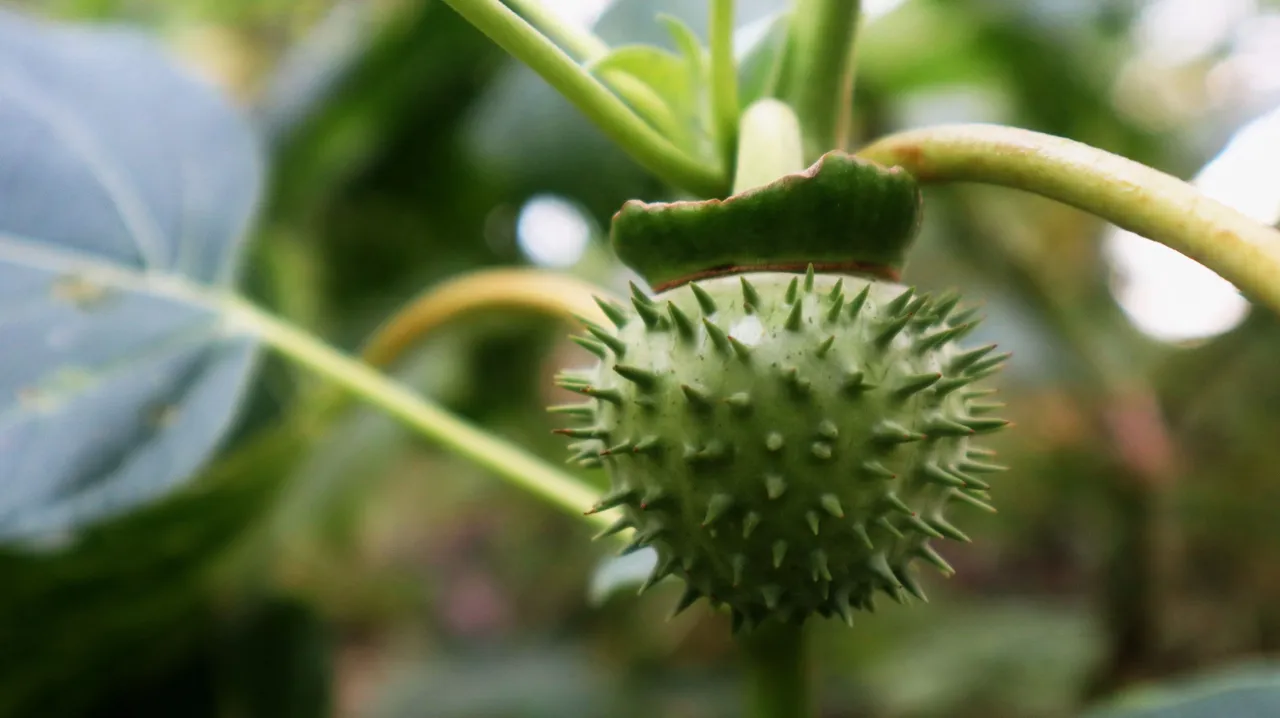
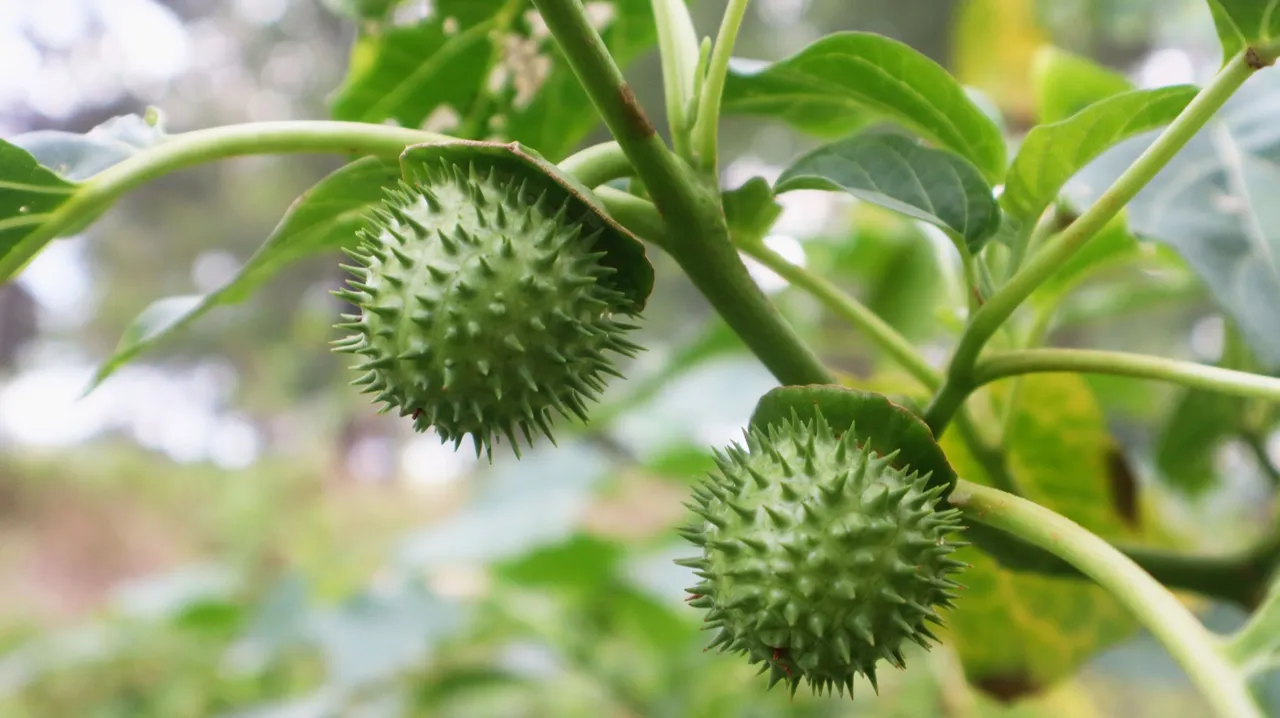
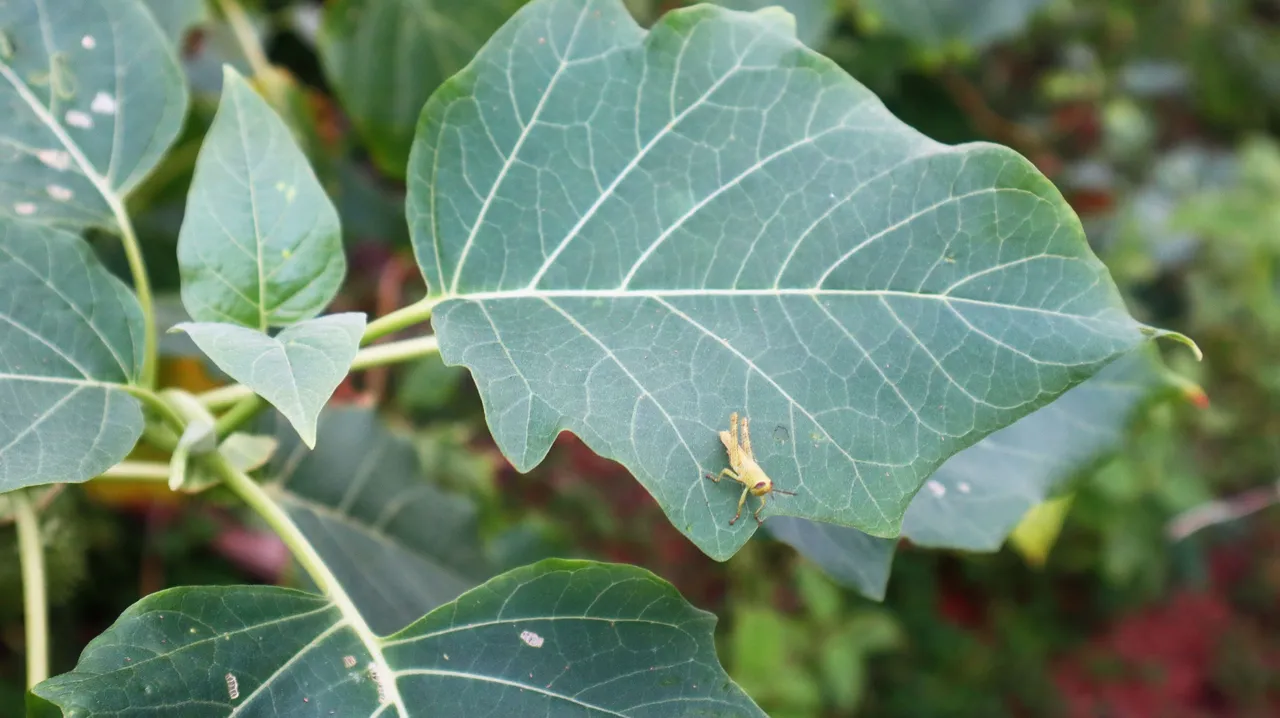

Tropane alkaloids
It's the Datura metel that's probably talked about a lot because of its toxicity. All parts of this plant contain tropane alkaloids which are very toxic, and very dangerous if consumed by humans and livestock, and even many other animals. The tropane alkaloids occur naturally in many members of the Solanaceae family (a family in which many members contain alkaloids, but many are also vegetable crops). Some tropane alkaloids, it is said, have pharmacological properties and act as anticholinergics and stimulants. Perhaps it also includes the tropane alkaloids contained in Datura metel. So it is natural that Datura metel has long been known in traditional medicine, especially in the treatment of asthma and also as an anesthetic. It is said that Metel datura is one of the 50 fundamental herbs used in traditional Chinese medicine, and is called Yang Jin Hua.
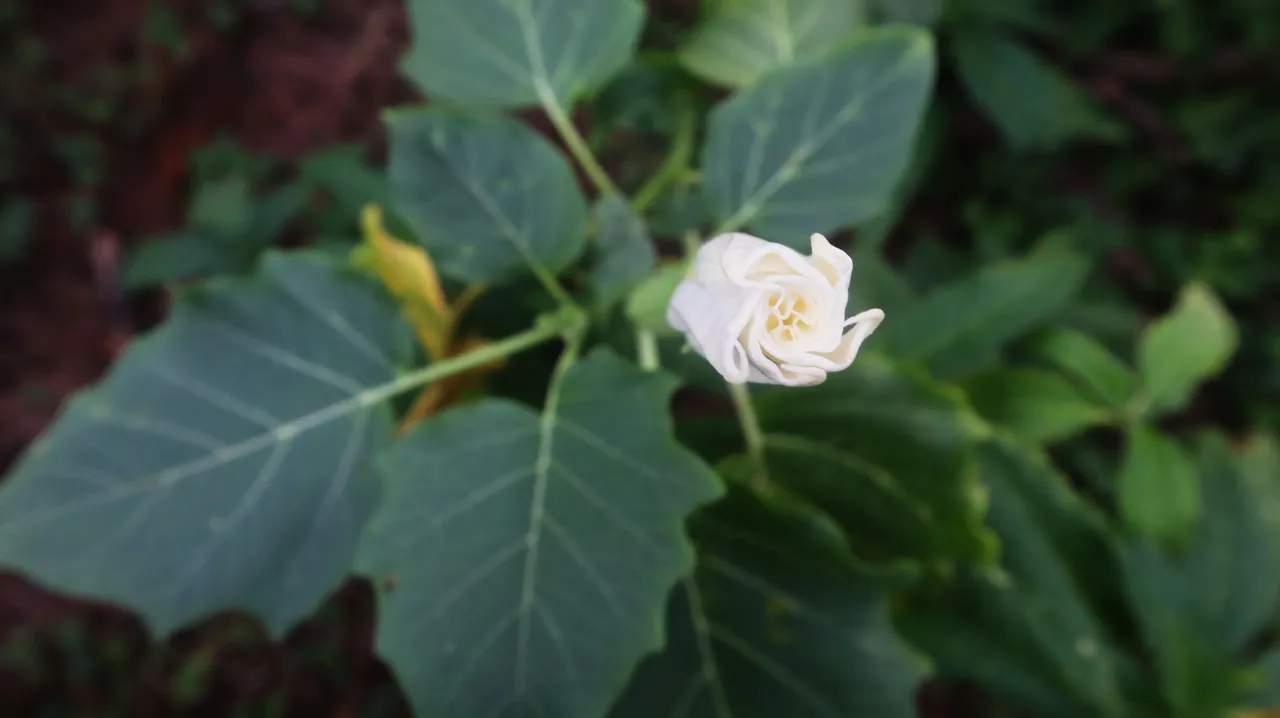
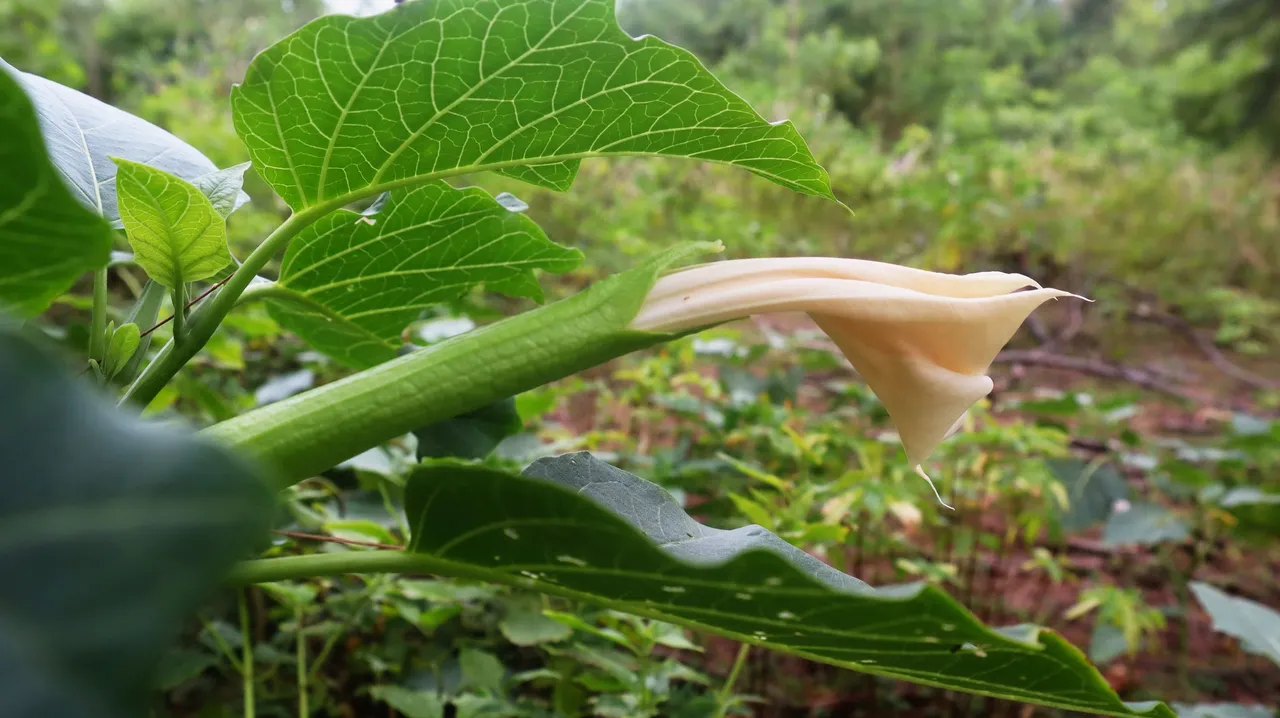
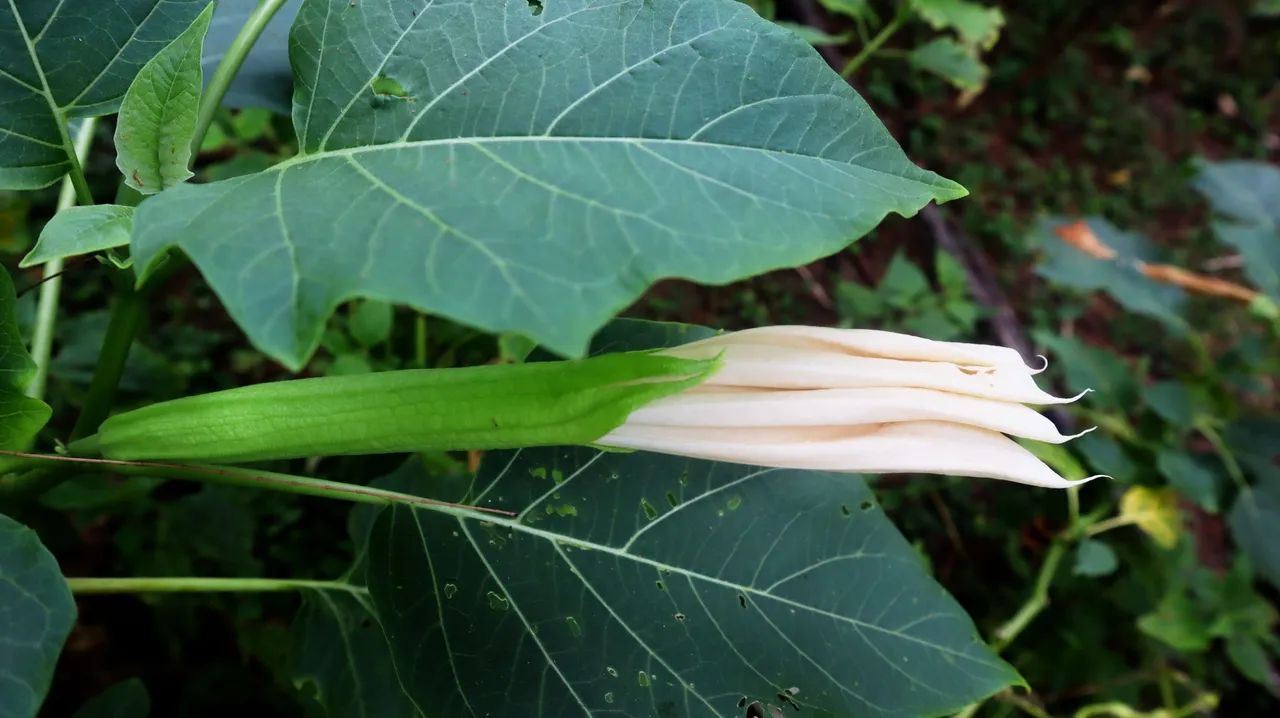
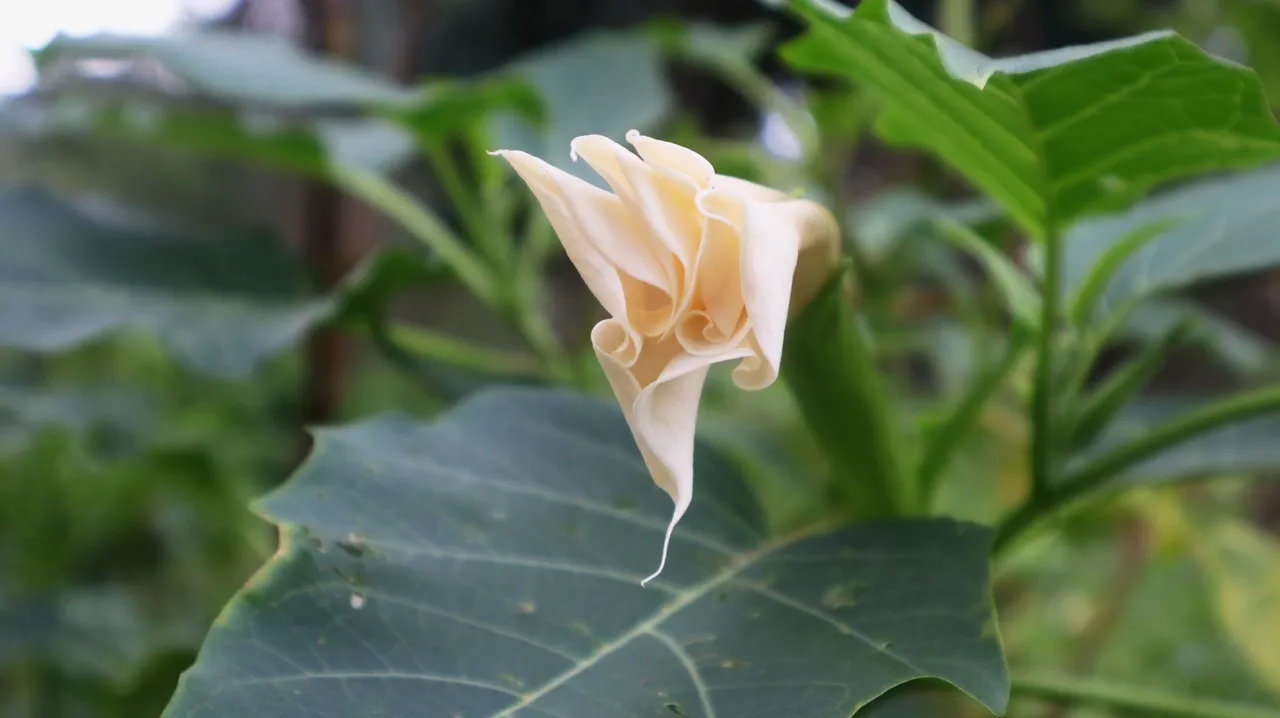
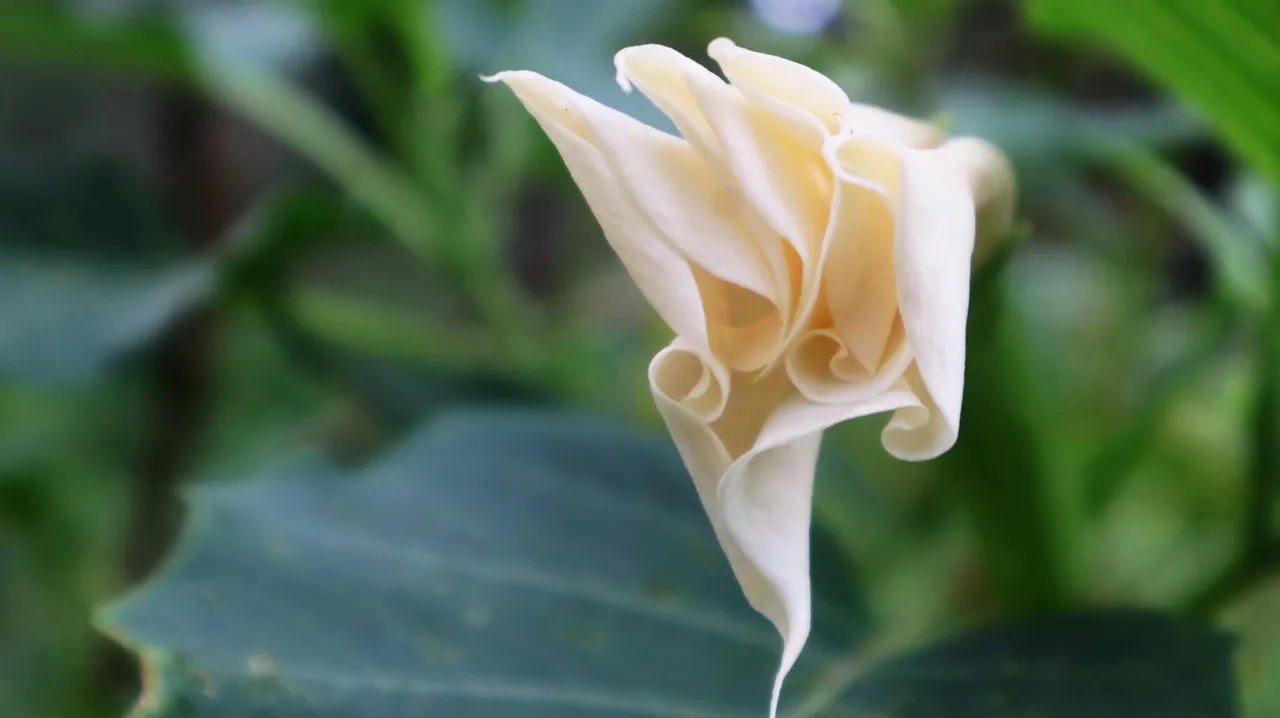
As a Hallucinogen
It goes by many names including: Indian Thornapple, Hindu Dhatura, Devil's Trumpet, Angel's Trumpet, and in my place, I've heard, people classify it as "trueng pungo", which means crazy eggplant fruit, because by consuming plants it can have an insane effect or cause a person to act like a madman, which of course is due to hallucinations. The plant is usually also avoided because it is believed to be poisonous. But precisely because of its poisonous nature it has become a sacred plant in some cultures, and is used in religious rites. Due to the hallucinogenic properties of Datura metel it is called shiva-shekhara which means the crown of Shiva!
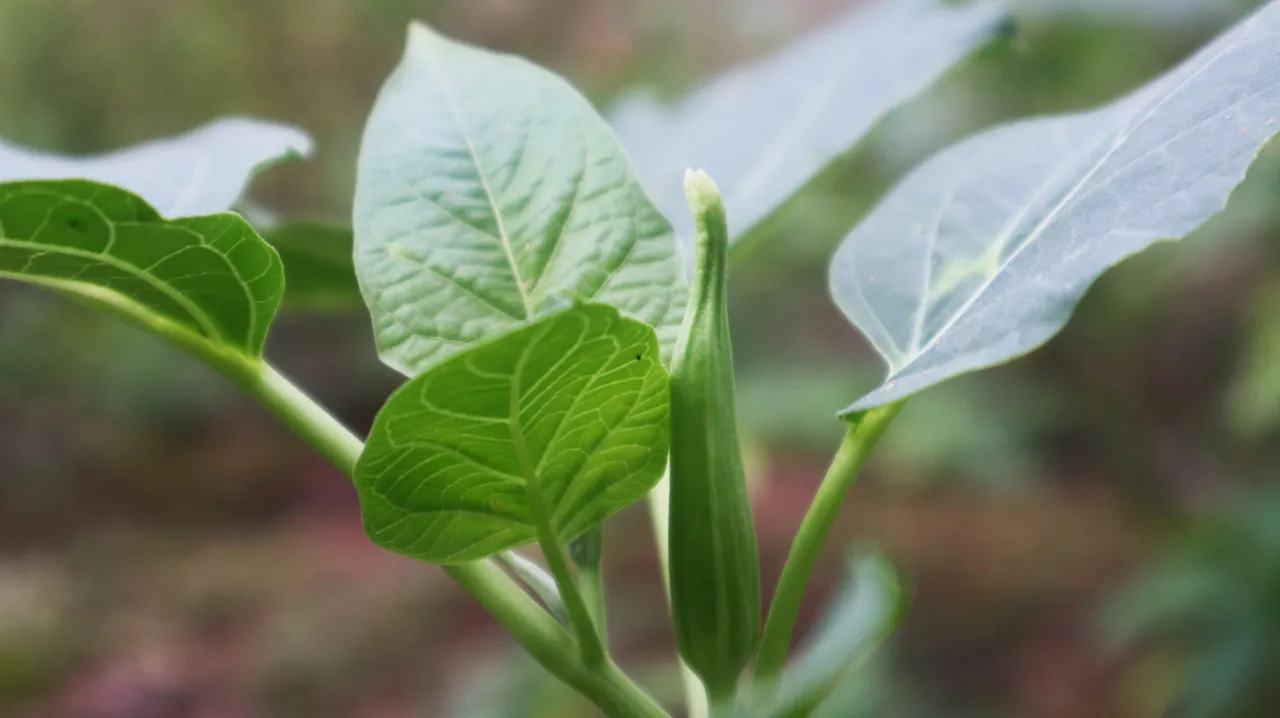
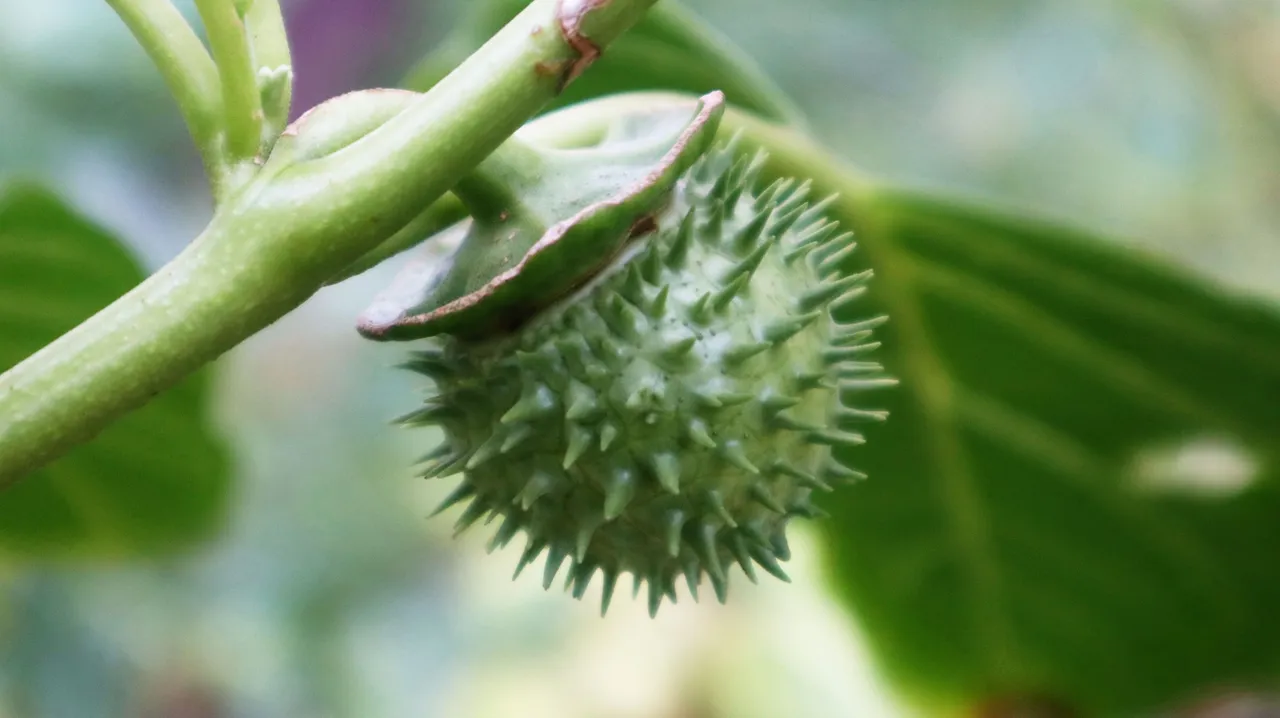
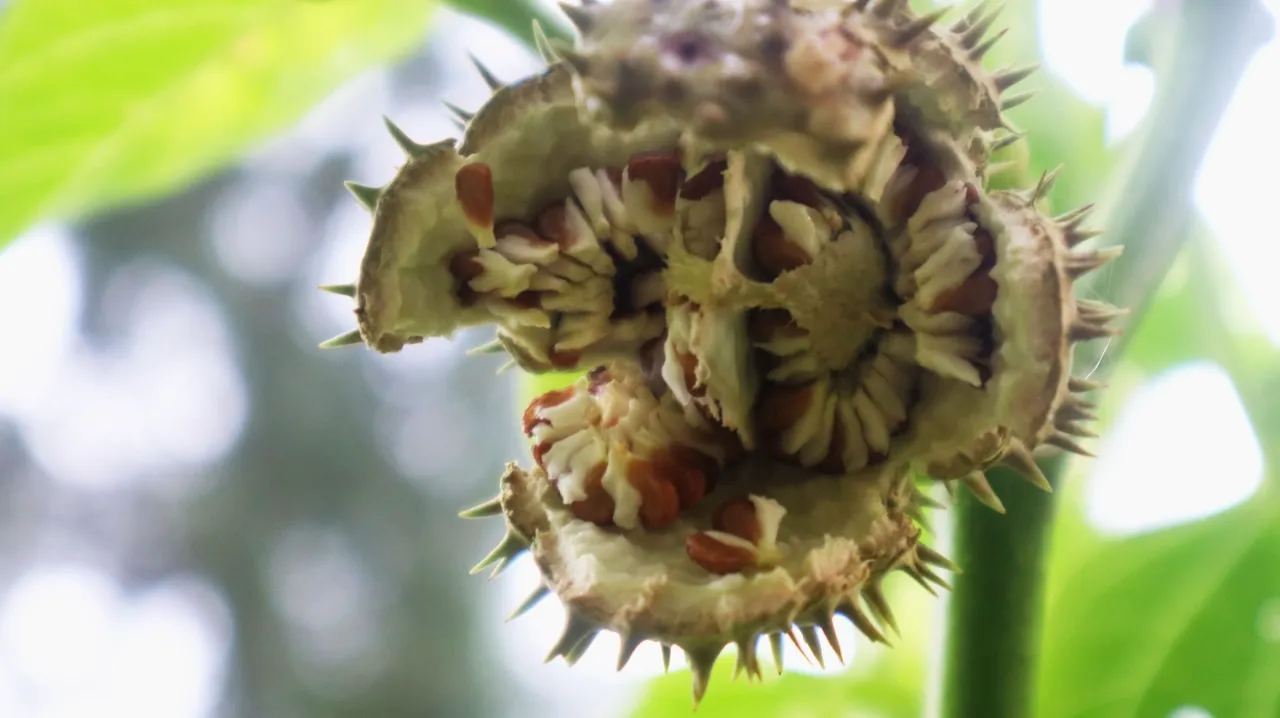
Across the ocean (interesting theory of distribution)
In addition to the toxicity, effects and uses of this weed, another interesting discussion is about its origin and distribution. The debate centers on the question of the place of origin of this plant; is it Asia or America? It was originally believed to be native to India, but later, experts managed to reveal that it was native from somewhere in southern North America (Mesoamerica). From there, Datura metel has long been naturalized in tropical and warm climates. Of course the problem then is related to transportation. How was the plant transported to Asia? The distribution process of Datura metel, which some experts believe is distributed by birds in their droppings, seems implausible, and has been rejected. The opinion that was later put forward on this matter was that it had been transported by sea. I then imagined how in the distant past thousands of capsules of this plant fruit floated in the vast ocean until it reached the coast of the mainland where I live, and they grow to this day from the origin of seeds that may have crossed from the coast of India (it's just like a lot of the culture in this region has crossed over from there). I was imagining something about how nature works so amazingly!
(Reading sources :Datura metel; Solanaceae; Tropane alkaloid; Anticholinergic; Hallucinogen)
